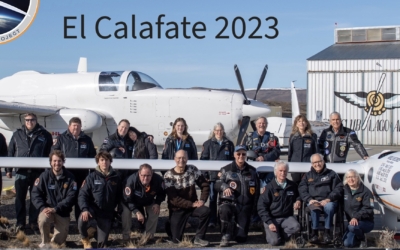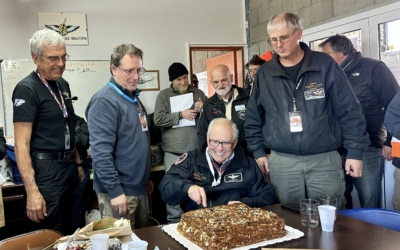Flight #73 – Perlan Soars to 60,300 Feet
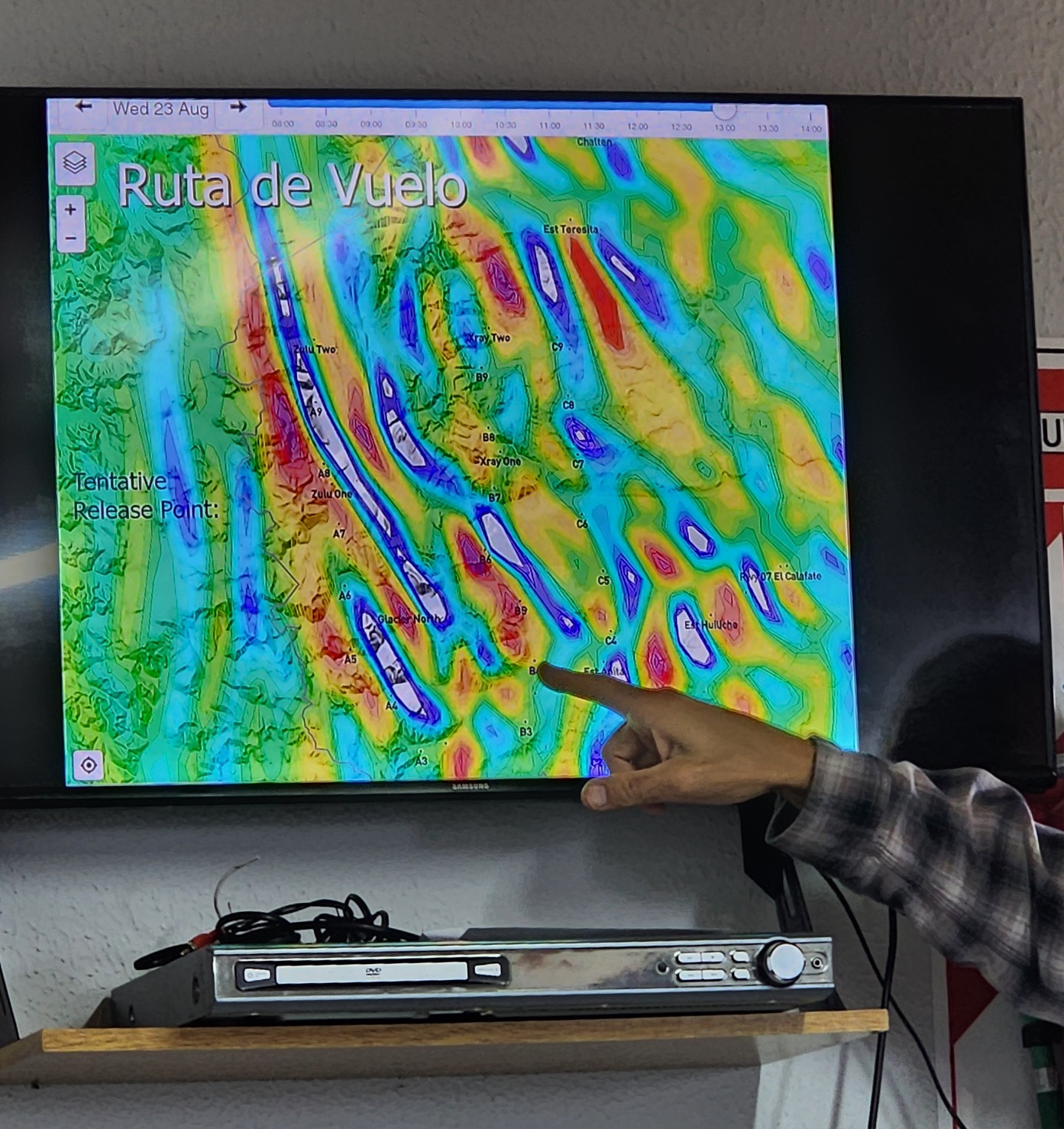 On August 23, 2023 Airbus Perlan Mission II had the potential for a high flight. Conditions were nowhere near ideal, but had some forecasted hot spots that might connect for extended climbs. Part of our mission is to validate forecasting in the stratosphere. This cannot be done by a balloon, and not as accurately by a power plane. Better forecasting will benefit aviation for years to come. This flight would be Chief Pilot Jim Payne with co-pilot Tim Gardner.
On August 23, 2023 Airbus Perlan Mission II had the potential for a high flight. Conditions were nowhere near ideal, but had some forecasted hot spots that might connect for extended climbs. Part of our mission is to validate forecasting in the stratosphere. This cannot be done by a balloon, and not as accurately by a power plane. Better forecasting will benefit aviation for years to come. This flight would be Chief Pilot Jim Payne with co-pilot Tim Gardner.
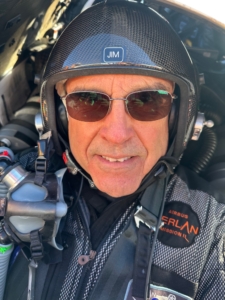
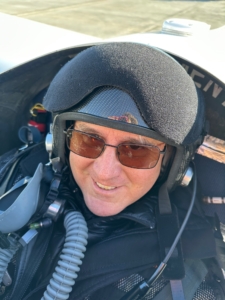
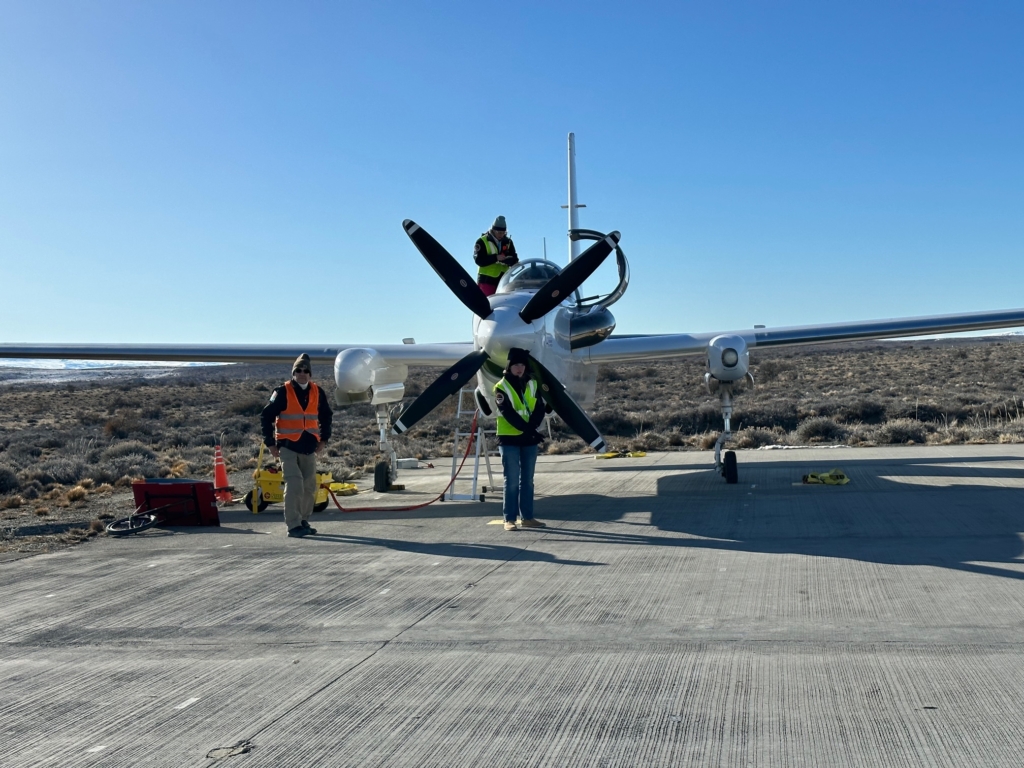
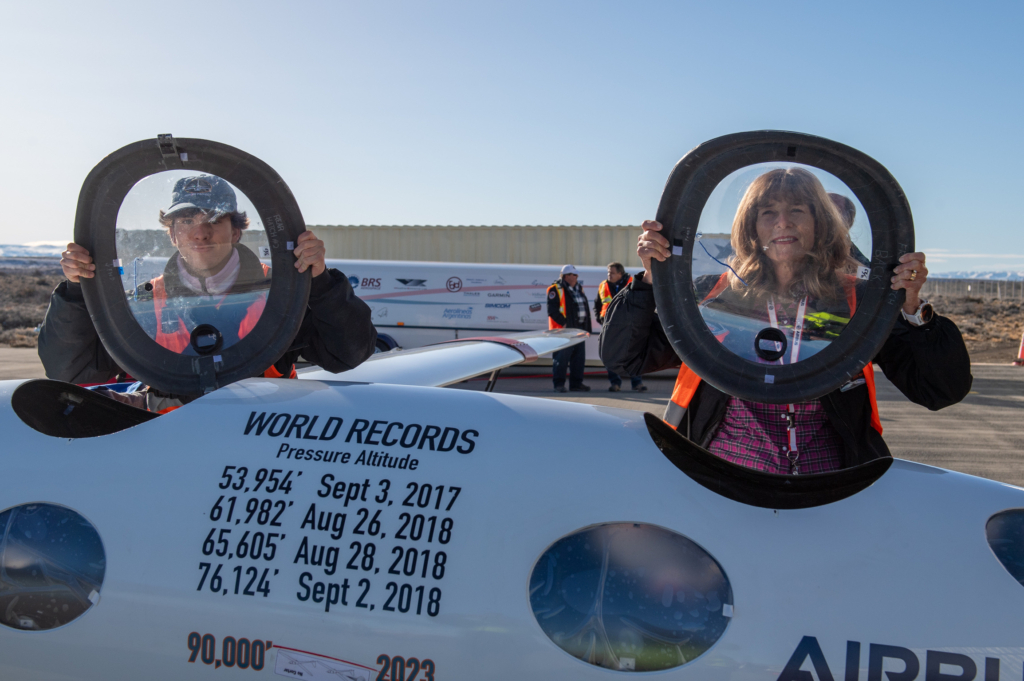
The support teams had prepared in the prior days so that procedures were very smooth in the morning hours. We had a short hold for a late-arriving commercial flight but we departed the AeroClub ramp as soon as they landed. (Pooh Bear came along for the views.) Winds were gusty which is typical for wave conditions.
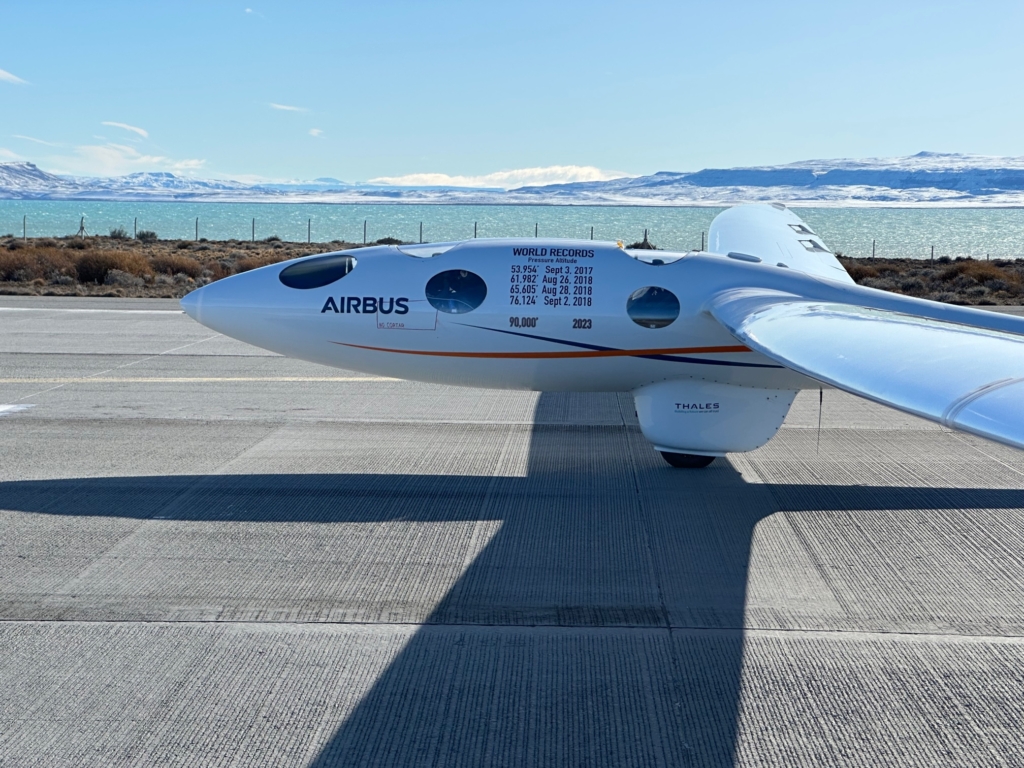 The Perlan 2 really wants to fly as her dancing wing illustrates in the flight day video linked below. Tow pilot Arne Vasenden in the mighty Egrett pulled the 2,000 pound Perlan 2 into the air in less than 200 feet. A-may-zing!
The Perlan 2 really wants to fly as her dancing wing illustrates in the flight day video linked below. Tow pilot Arne Vasenden in the mighty Egrett pulled the 2,000 pound Perlan 2 into the air in less than 200 feet. A-may-zing!
Chief Pilot Jim Payne had to focus on his tiny view of the Egrett wing through the left eyeball window. (On the flight day video linked below are various camera views with video from inside the cockpit, belly camera, tail camera, and Egrett camera.) With the Egrett’s power they were at 30,000’ in 30 minutes.
Then the hunt began to search and verify that the forecast hotspots existed. We actually witnessed a tour de force by Jim on tow as the Egrett cruised around at 45,000’ for over an hour. Jim says it’s like flying while looking through a straw. In those frigid, frosty conditions all Jim sees is a piece of white Egrett wing against white clouds below and a limited horizon. Instead of a strong pull on the rope for the first hour of tow which makes it much easier, they were just cruising for the second hour of tow. As co-pilot Tim Gardner said in the de-brief, “There were no hot spots. The best we found were warm spots.”
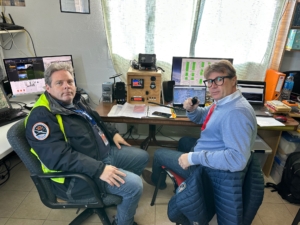
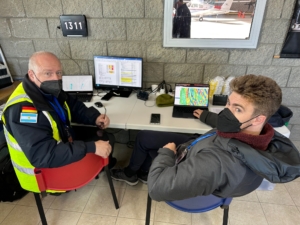


CapCom tried vigilantly to vector the tow twosome at 45,000’ to any inkling of lift. Alas there was none to be found as they crisscrossed where the primary and secondary wave should have been. The Virtual Cockpit documented the beauty of the vistas and the paucity of lift. Tim got some fabulous photos from 30,000’ on tow.

 After exhausting the western areas on tow Perlan 2 released and searched on. Both Egrett and Perlan have permission to overfly Chile along the border if needed. As last ditch effort in the tertiary a “warm spot” finally provided some useable lift, but not the 13 kts that was forecast. At high altitudes my (unscientific) rule of thumb is to subtract 1 knot of useable lift for every 10,000′ of altitude. There’s many fewer air molecules to provide lift for the glider the higher you go. It’s almost like having a rope pulling tug-o-war contest vertically instead of horizontally. Team Gravity pulling down stays strong – about 99%. But Team Lift keeps losing team pullers (air molecules) being reduced to only 6% at this altitude. (Apologies to those who understand true altitude effects for the simplified example.)
After exhausting the western areas on tow Perlan 2 released and searched on. Both Egrett and Perlan have permission to overfly Chile along the border if needed. As last ditch effort in the tertiary a “warm spot” finally provided some useable lift, but not the 13 kts that was forecast. At high altitudes my (unscientific) rule of thumb is to subtract 1 knot of useable lift for every 10,000′ of altitude. There’s many fewer air molecules to provide lift for the glider the higher you go. It’s almost like having a rope pulling tug-o-war contest vertically instead of horizontally. Team Gravity pulling down stays strong – about 99%. But Team Lift keeps losing team pullers (air molecules) being reduced to only 6% at this altitude. (Apologies to those who understand true altitude effects for the simplified example.)
Also what is the condition of the wings and where is the precise geographic location of best lift? All these factors affect the actual achieved rate of climb. The polar of Lift compared to Drag for the Perlan 2 has not been measured at all altitudes because still air is needed to create a polar and by definition Perlan 2 needs strong rising air at higher altitudes. Perlan’s wings are optimized at 60,000 ft. We can still climb higher. A normal glider would never be able to climb in the conditions we experienced on this flight.
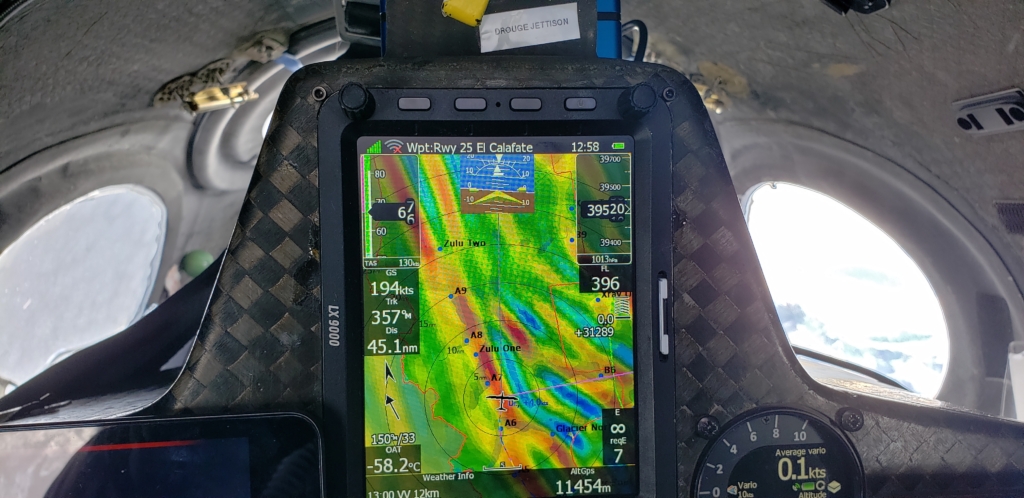
At 54,000 feet the in-cockpit camera (below) showed full frost and green/yellow (weak useable lift) on the LX screen.
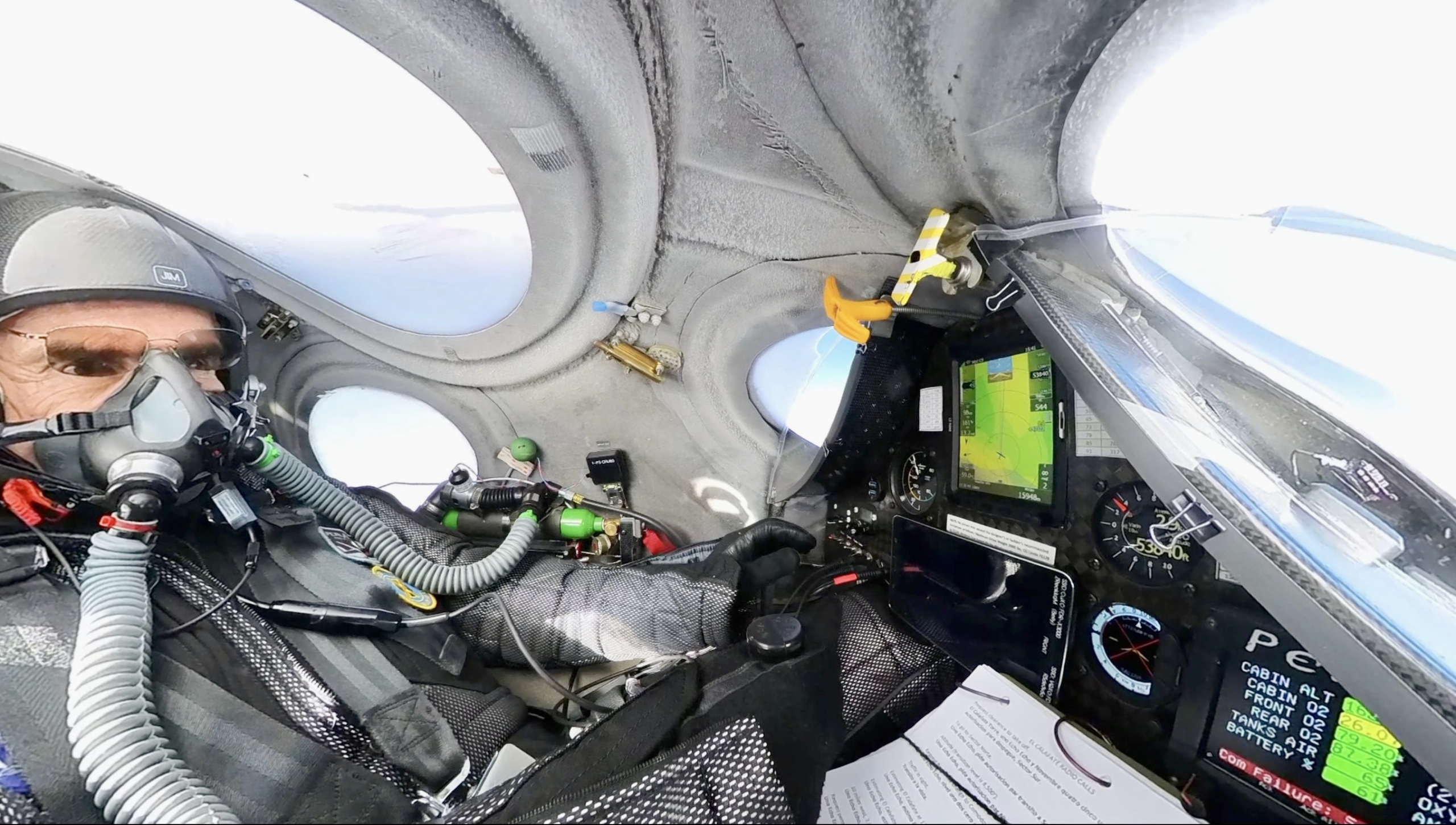
The useable lift averaged 3 knots which was too slow to get much above 60,000’ with the remaining daylight, air, oxygen and battery. So at 60,000’ they turned the Perlan 2 eastward for home.
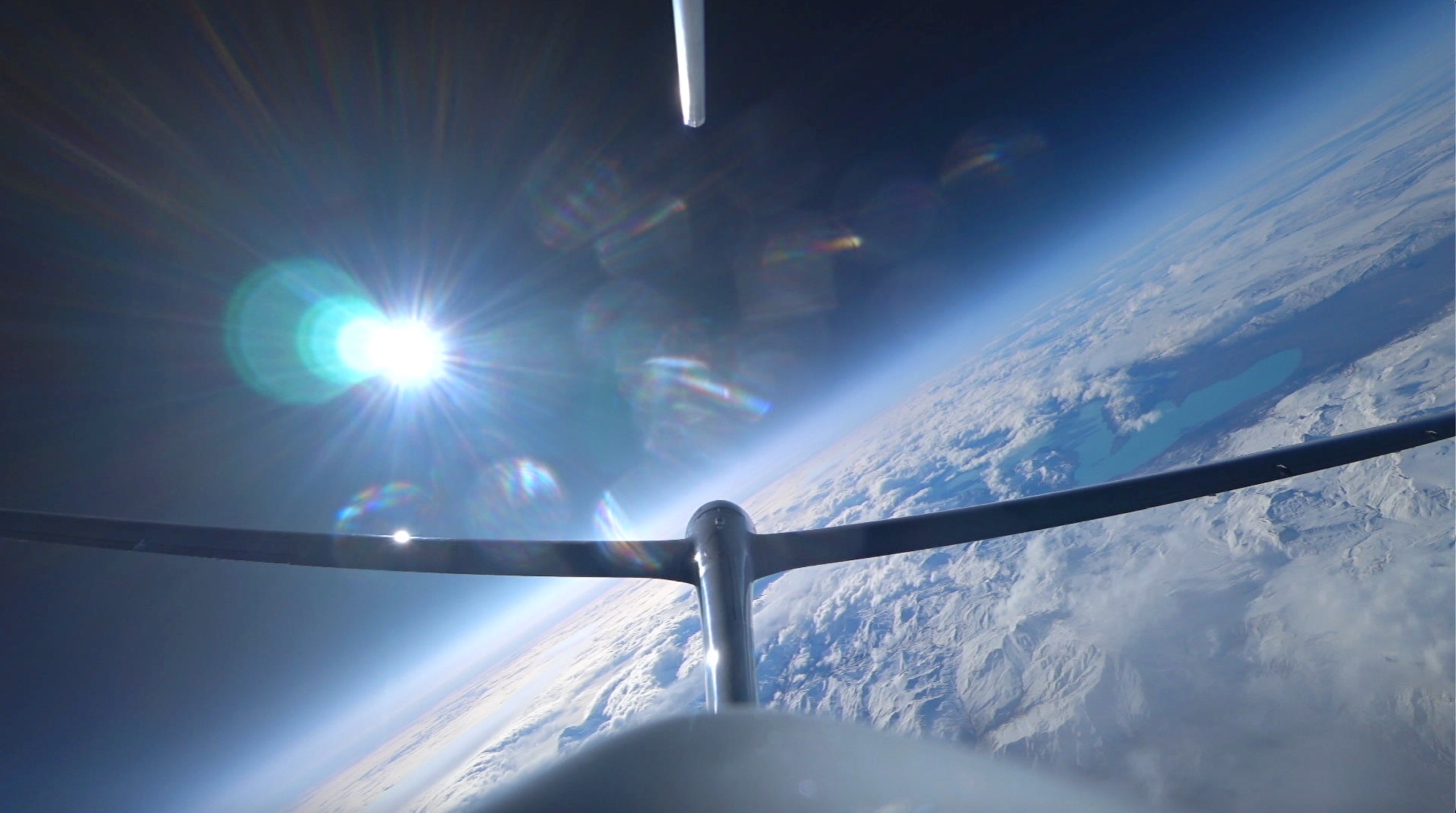
It was still the 6th highest soaring flight ever achieved. The Perlan Project owns all of the top highest soaring flights.
 The Perlan Project aims to explore, innovate and inspire. This stratospheric soaring flight will help to calibrate forecasting tools for the stratosphere. Aviation will benefit in years to come. To see the OLC flight trace, Jim’s comments and the barogram (altitude trace) see
The Perlan Project aims to explore, innovate and inspire. This stratospheric soaring flight will help to calibrate forecasting tools for the stratosphere. Aviation will benefit in years to come. To see the OLC flight trace, Jim’s comments and the barogram (altitude trace) see
Enjoy the flight day video linked below. Perlan soars! Jackie


